
draw cilia/flagella 9+2 arrangement Brainly.in
5.6: Flagella and Cilia. Flagella (singular = flagellum) are long, hair-like structures that extend from the plasma membrane and are used to move an entire cell, (for example, sperm, Euglena ). When present, the cell has just one flagellum or a few flagella. Prokaryotes sometimes have flagella, but they are structurally very different from.
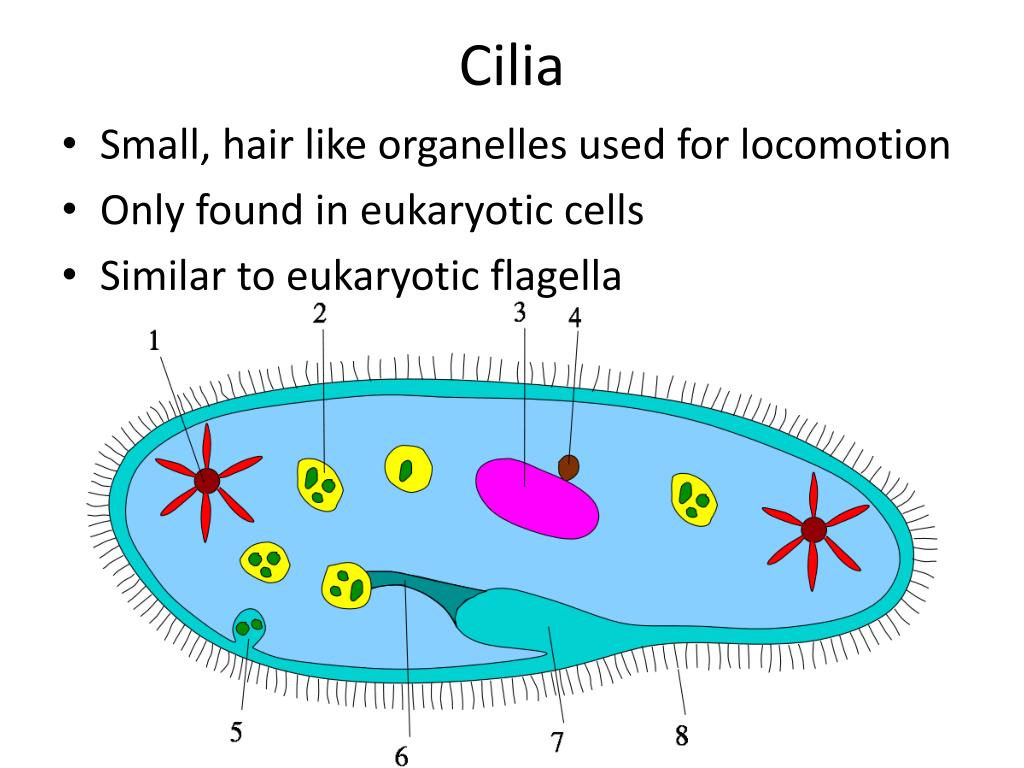
PPT Cilia and Flagella in Cell Structure PowerPoint Presentation, free download ID333456
All cilia and flagella are constructed using the same basic framework: The axoneme is a bundle of microtubules that is surrounded by a membrane that is a component of the plasma membrane and is 1 to 2 nm in length and 0.2 m in diameter.
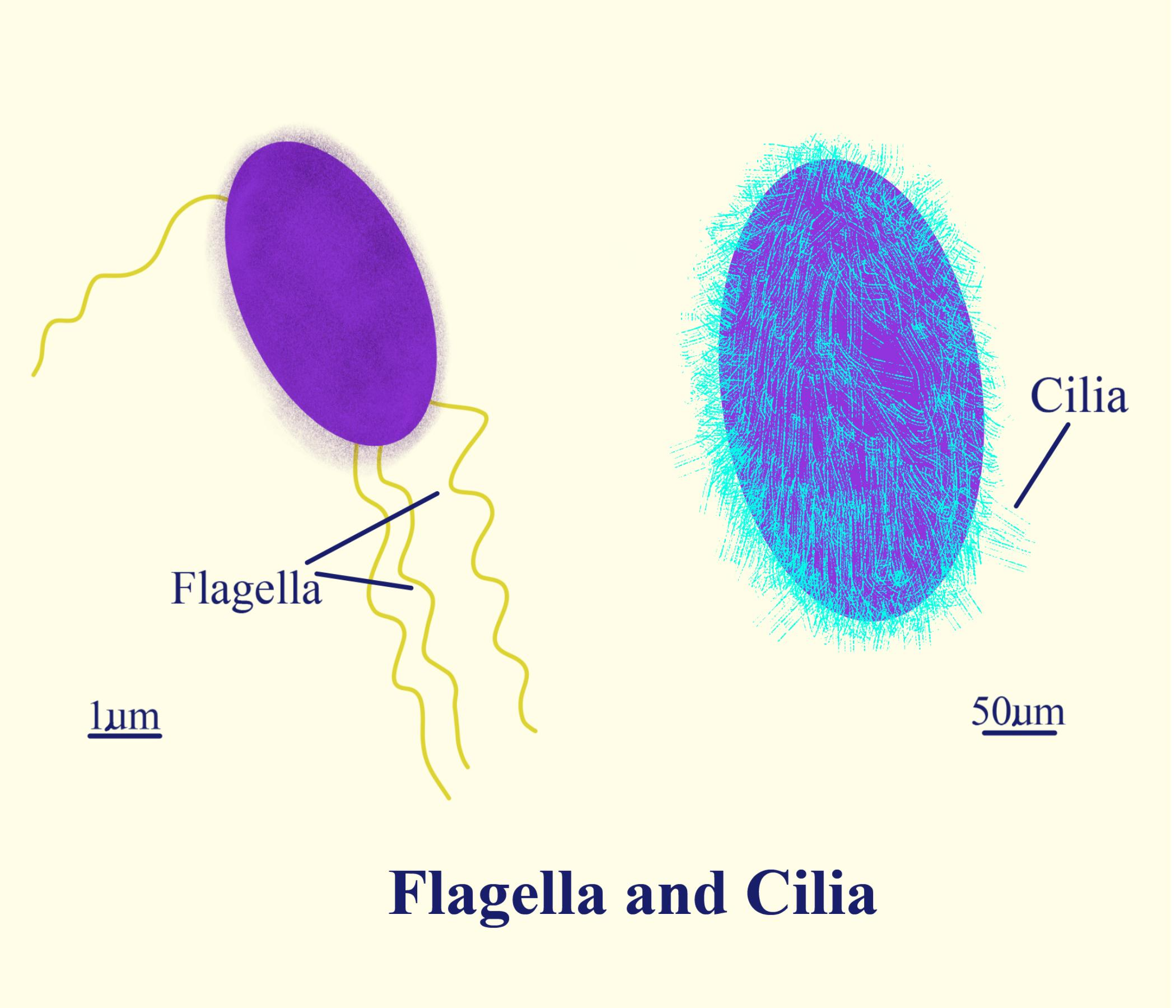
Which Of The Following Is Not A Function Cilia And Flagella About Flag Collections
So this right over here is a picture of the amoeba Chaos carolinense. And what you see here is a projection coming off from the main part of the cell, and this is called a pseudopod, which is referring to it being a false foot. The pod is coming from the same root word as podiatry, which is referring to the foot.

Structures of flagella and cilia. (A) Schematic diagram showing the... Download Scientific
Nature (2022) Cilia and flagella are fundamental units of motion in cellular biology. These beating, hair-like organelles share a common basic structure but maintain widely varying functions in.

Schematic drawing of eukaryotic flagella ultrastructure (A)... Download Scientific Diagram
A flagellum or flagella is a lash or hair-like structure present on the cell body that is important for different physiological functions of the cell. The term 'flagellum' is the Latin term for whip indicating the long slender structure of the flagellum that resembles a whip.
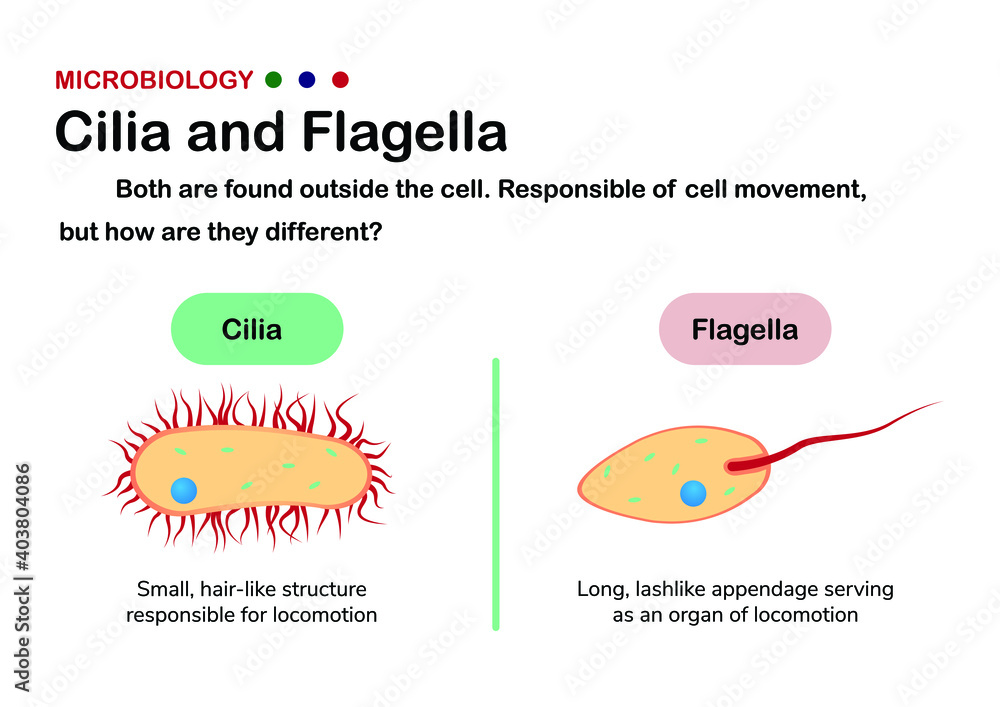
Biology diagram present different of cilia and flagella in eukaryote and prokaryote organism
Structure of Flagella and Cilia: They are fine hair like movable protoplasmic processes of the cells which are capable of producing a current in the fluid medium for locomotion and passage of substances. Flagella are longer (100-200 µm) but fewer. Only 1-4 flagella occur per cell, e.g., many protists, motile algae, spermatozoa of animals.
.PNG)
Cell Types and Cell Structure Presentation Biology
Cilia and flagella have the same internal structure. The major difference is in their length. Cilia and flagella move because of the interactions of a set of microtubules inside. Collectively, these are called an "axoneme", This figure shows a microtubule (top panel) in surface view and in cross section (lower left hand panel)..

2 rings in the basal body Google Search Plasma membrane, Microbiology, Cell wall
The bending of cilia (and flagella) has many parallels to the contraction of skeletal muscle fibers. Testing the Model. Remember, the partial microtubules do not extend as far into the tip as the complete microtubules. So if a slice is made a short distance back from the tip: A straight cilium should show the complete pattern (center of diagram).
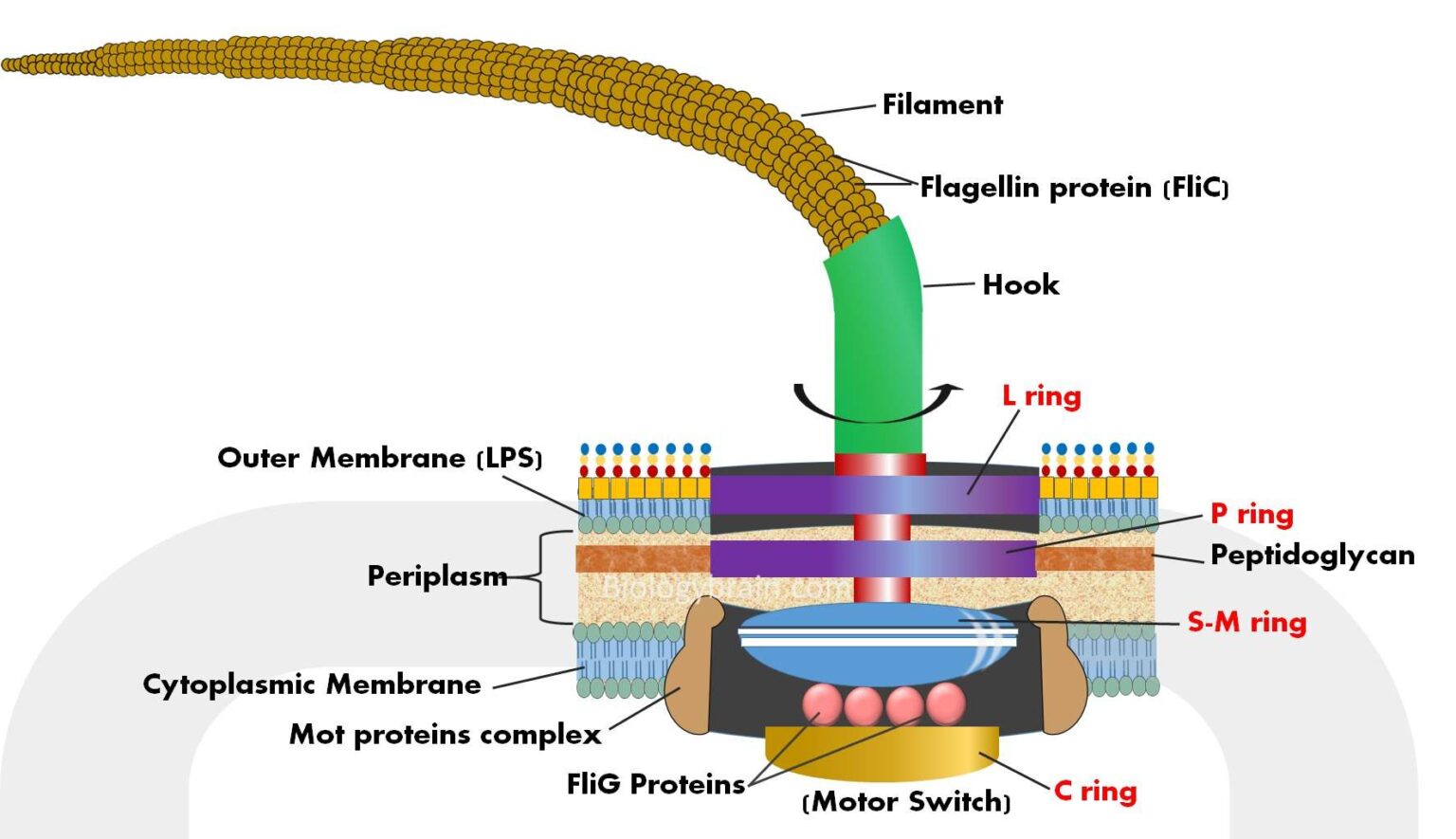
Flagella Definition Structure Types Arrangement Functions Examples Riset
Nature Education 3 (9) :54 What is a primary cilium? Learn how an organelle can be both a sensing organ and a transport machine. Aa Aa Aa Eukaryotic flagella and cilia have long been recognized.
/ciliated_epithelial_cells-5a7cb8926edd650036eb92da.jpg)
Cilia and Flagella Function
Cilia and flagella are formed from specialized groupings of microtubules called basal bodies. If the protrusions are short and numerous they are termed cilia. If they are longer and less numerous (usually only one or two) they are termed flagella. What Are Their Distinguishing Characteristics?

Flagellum & Cilia Wikimedia Commons CCA 3.0 Unported by Urutsegh and Kohidai Cell Structure
Flagella (singular = flagellum) are long, hair-like structures that extend from the plasma membrane and are used to move an entire cell, (for example, sperm, Euglena ). When present, the cell has just one flagellum or a few flagella. When cilia (singular = cilium) are present, however, they are many in number and extend along the entire surface.

Cilia and flagella biological structure difference comparison outline diagram. Labeled
Structure of a cell > Tour of a eukaryotic cell The cytoskeleton The cytoskeleton. Microtubules, microfilaments (actin filaments), and intermediate filaments. Centrioles, centrosomes, flagella and cilia. Introduction What would happen if someone snuck in during the night and stole your skeleton?
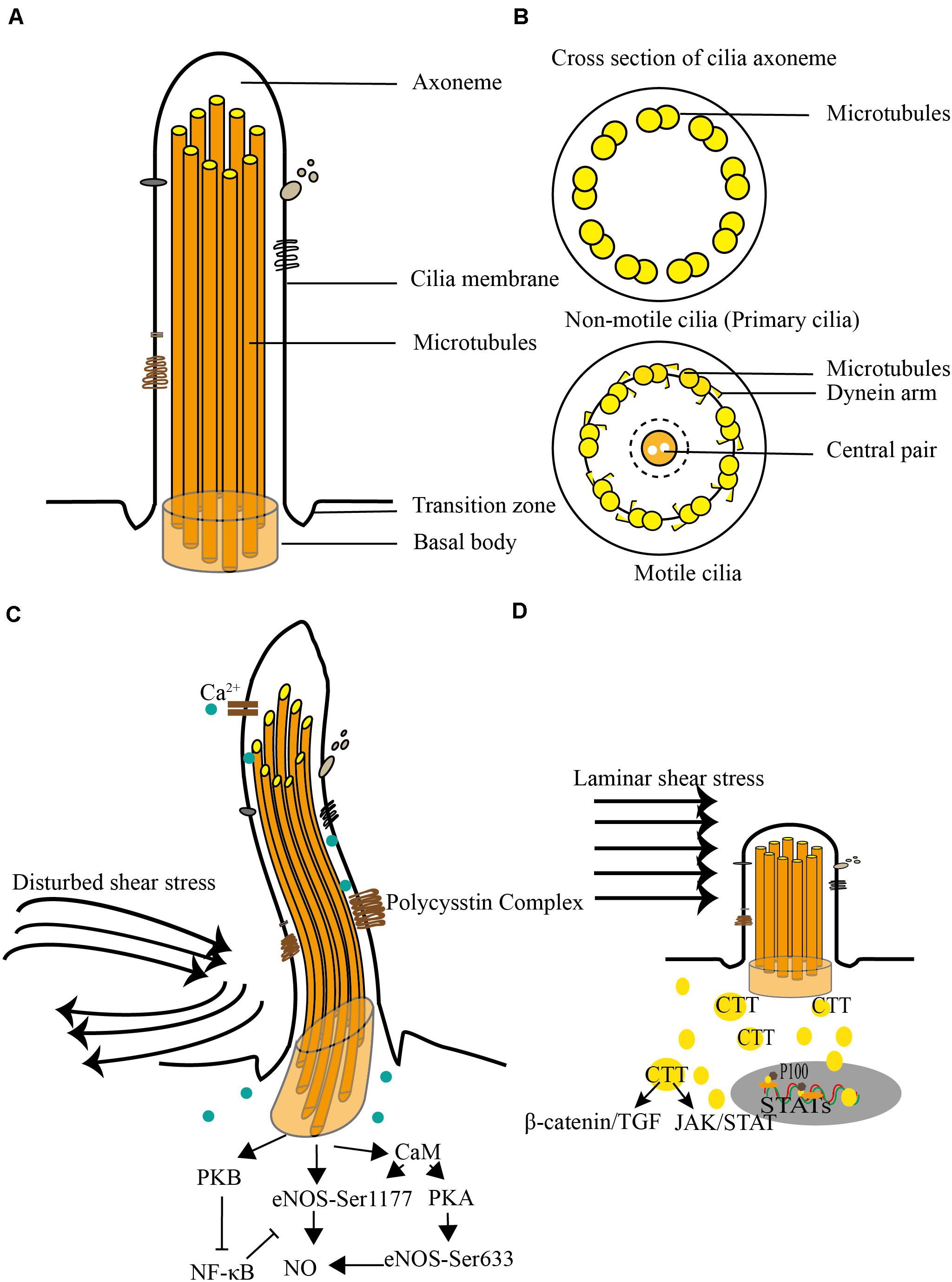
Frontiers Primary Cilia and Atherosclerosis Physiology
Cilia and Flagella Frequently Asked Questions on Flagella Bacterial Flagella Structure The flagella is a helical structure composed of flagellin protein. The flagella structure is divided into three parts: Basal body Hook Filament Basal Body It is attached to the cell membrane and cytoplasmic membrane.
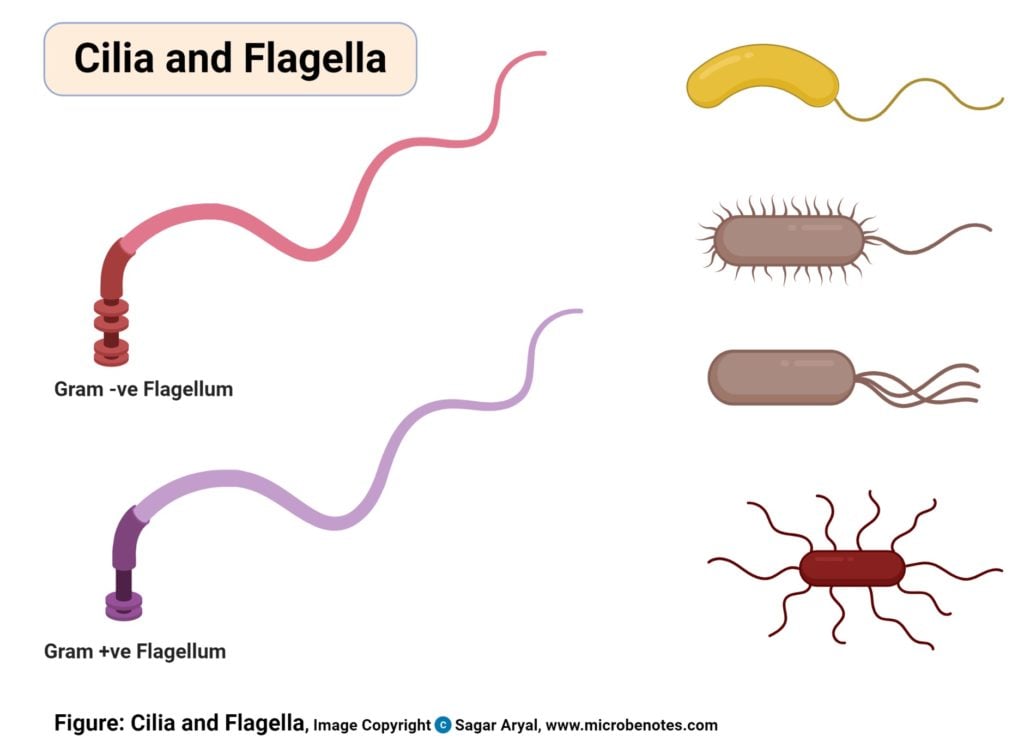
Animal Cell Definition, Structure, Parts, Functions, Labeled Diagram
Cilia and flagella are conserved, motile, and sensory cell organelles involved in signal transduction and human disease. Their scaffold consists of a 9-fold array of remarkably stable doublet microtubules (DMTs), along which motor proteins transmit force for ciliary motility and intraflagellar transport.
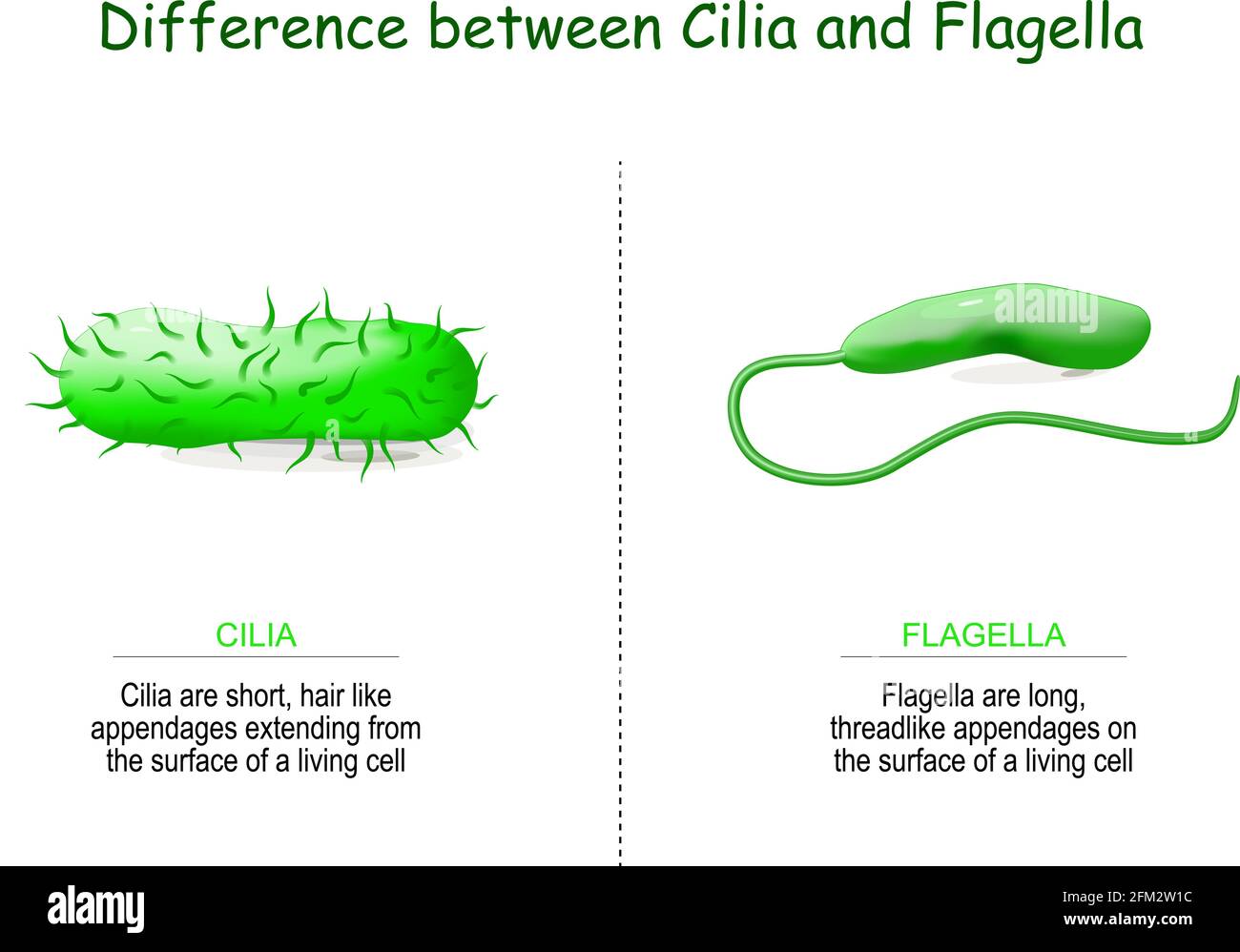
Flagellum microscope hires stock photography and images Alamy
Figure 7.7.7 7.7. 7 .7.3: A cilium (plural cilia) is an organelle found in eukaryotic cells. Cilia are slender protuberances typically extending some 5-10 micrometers outwards from the cell body. There are two types of cilia: motile cilia, which constantly beat directionally, and non-motile—or primary—cilia, which typically serve as.

Difference Between Cilia And Flagella In Eukaryotes cloudshareinfo
Flagella and Cilia. Flagella (singular = flagellum) are long, hair-like structures that extend from the plasma membrane and are used to move an entire cell, (for example, sperm, Euglena).When present, the cell has just one flagellum or a few flagella. When cilia (singular = cilium) are present, however, they are many in number and extend along the entire surface of the plasma membrane.